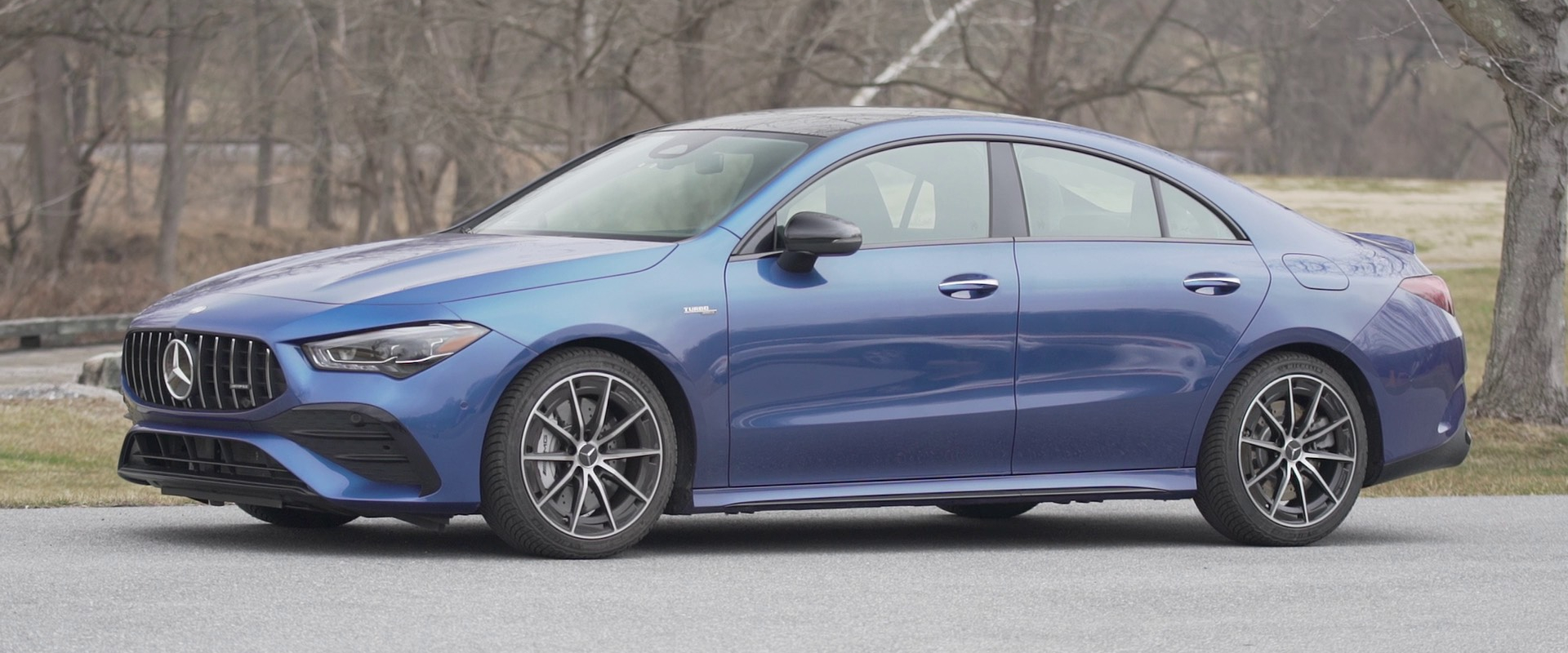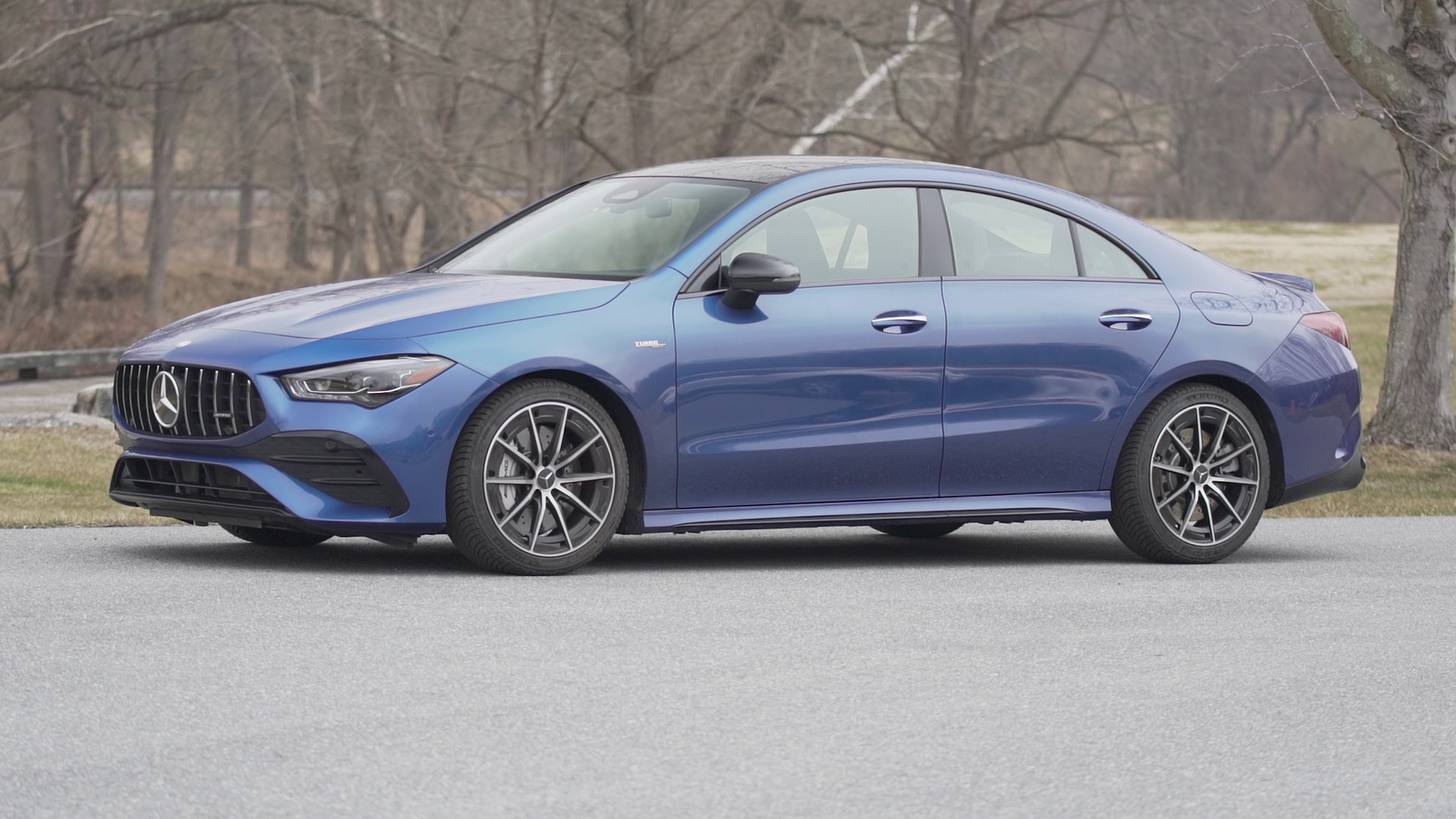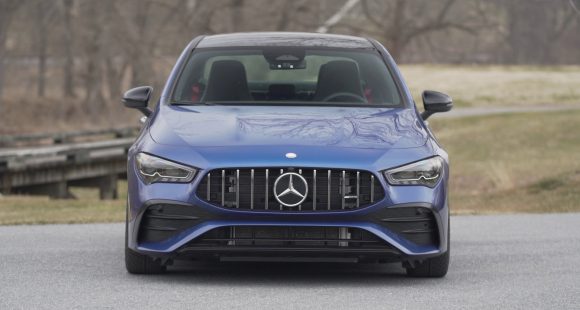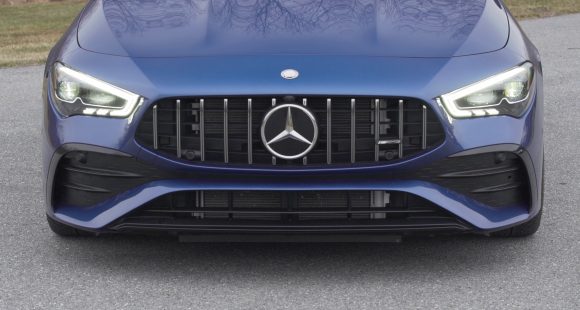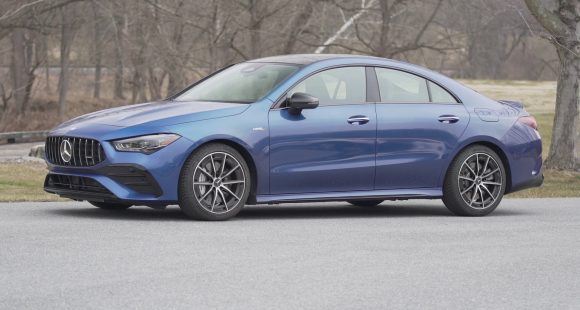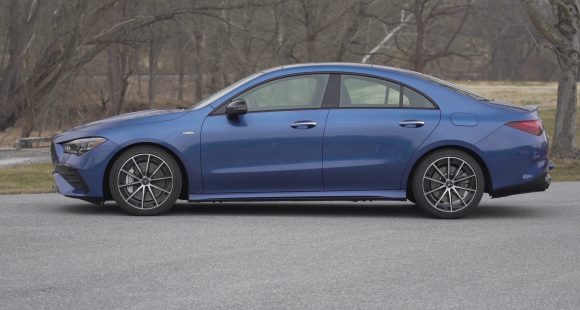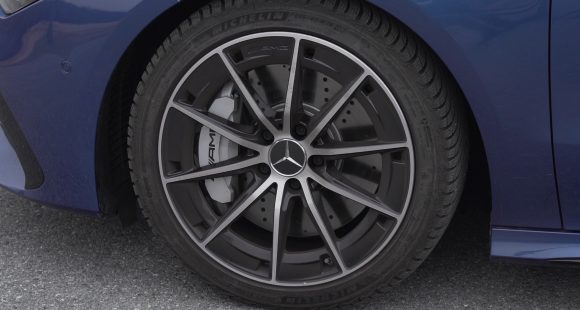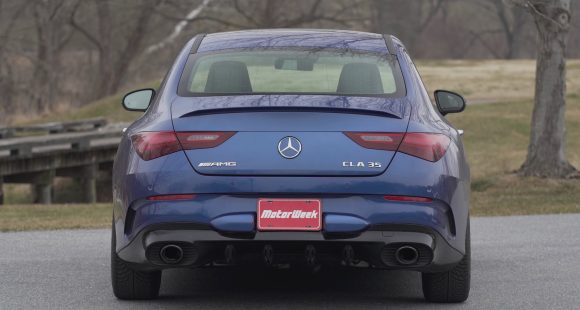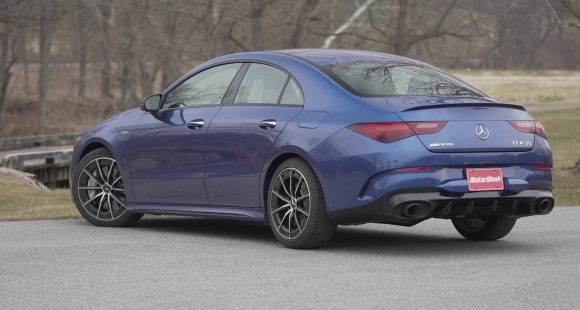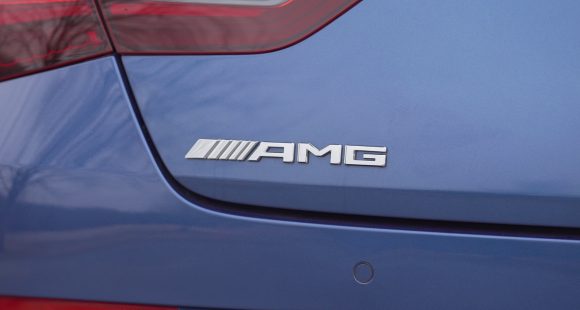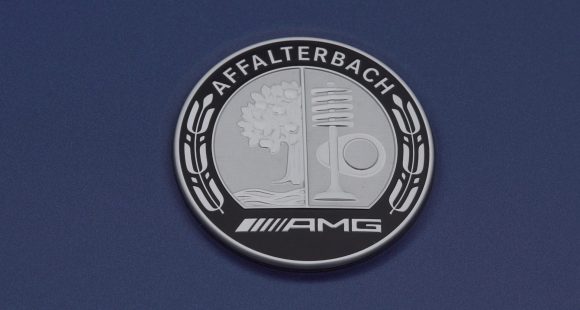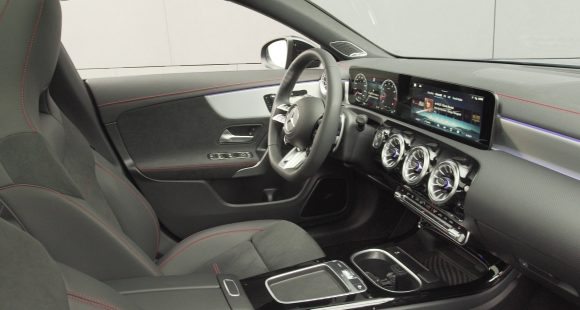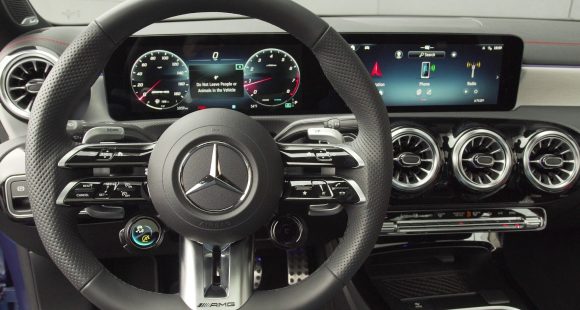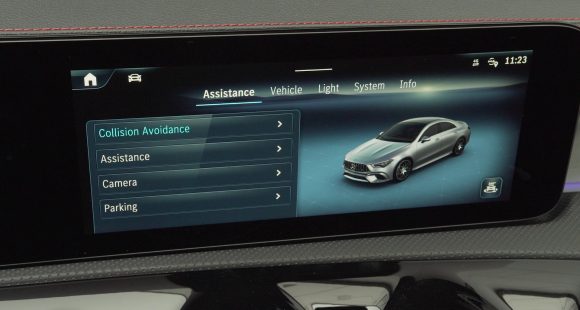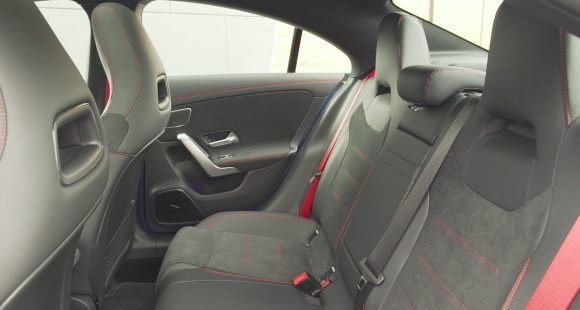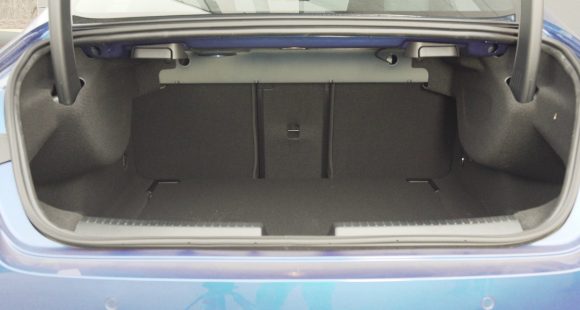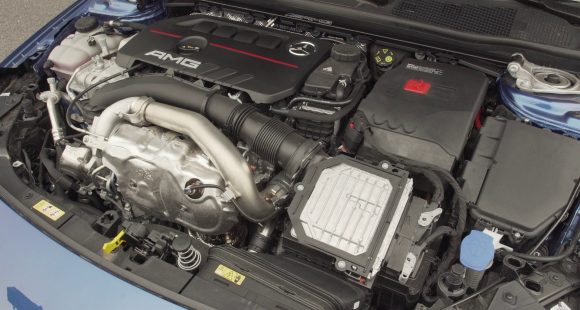2016 Hyundai Tucson
So far, Hyundai has resisted taking a plunge into the rapidly expanding pool of pint-size subcompact crossovers. But, that’s understandable as their quart-size Tucson compact ute delivers a lot more space for about the same price. Well now there’s a new Tucson, and that more for less aptitude just got even bigger.
The Hyundai Tucson has been around long enough to play a major role in Hyundai’s growth, from upstart act to Broadway box office smash.
For 2016, introducing a little more razzle-dazzle to the audience is a good play, and one consistent with most recent Hyundais. The front looks very big and bold for a compact crossover ute, and there are lots of lines flowing from there to the rear.
It very much looks like a scaled down Santa Fe, and when in Limited trim, with 19-inch wheels and LED headlights, it should help reel in those “elusive but highly sought after” younger buyers.
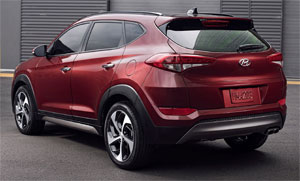 Dimensions have been stretched over last year, it’s both longer and wider; and of course that translates to more room in the cabin for both people and parcels.
Dimensions have been stretched over last year, it’s both longer and wider; and of course that translates to more room in the cabin for both people and parcels.
Base engine is a 2.0-liter I4 with 164-horsepower and 151 lb-ft. of torque. Up level trims get a smaller, but stronger, 1.6-liter I4 with turbo assistance that spins up 175-horsepower and 195 lb-ft. of torque.
It also adds a 7-speed Dual Clutch Transmission, while the 2.0-liter makes do with a traditional 6-speed auto. Both engines can be had in front and lockable all-wheel drive with active cornering control.
At our test track, our turbo equipped Limited felt spirited, but far from muscular off the line; with trips to 60 taking a mundane 8.4-seconds. Torque is pretty good down low, running out of steam at the high end; but it’s certainly adequate for a compact ute. The ¼-mile pass took 16.5-seconds at 86 miles-per-hour.
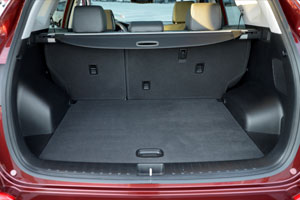 As for the DCT transmission, it proved adequate, with some occasional hesitations to get going from a stop. We also got a “high transmission temp” warning during our track day. Braking distances averaged a short 120-feet from 60; but with a long travel from the squishy pedal.
As for the DCT transmission, it proved adequate, with some occasional hesitations to get going from a stop. We also got a “high transmission temp” warning during our track day. Braking distances averaged a short 120-feet from 60; but with a long travel from the squishy pedal.
The chassis feels willing and able, with a composed non-floaty feel that’s more firm than plush. But during hard corners, the “traction control monster” awakens easily, keeping you from exploiting that feeling too much.
Taking in the scenery at a more relaxed pace, the ride is surprising enjoyable. It’s noticeably quieter and more compliant than before. The last Tucson was in a word “rough”. So Hyundai’s, increased attention to ride and handling is really paying off.
As for the ever-important drive environment inside, ergonomics are great, as is seat comfort.
The smooth looking IP is dominated by either a 5.0 or 8.0-inch center touchscreen. Hyundai’s infotainment system works well, among the best in the business, and includes a standard back-up camera.
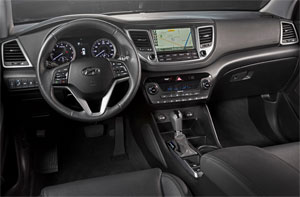 Despite numbers that indicate there’s a bit less legroom for rear seat passengers than before, it felt plenty roomy to us. And it enabled cargo space to go way up; now 31.0 cubic-ft. behind the standard split-folding rear seats, 61.9 cubic-ft. with them folded. That’s 20% more than the average subcompact ute.
Despite numbers that indicate there’s a bit less legroom for rear seat passengers than before, it felt plenty roomy to us. And it enabled cargo space to go way up; now 31.0 cubic-ft. behind the standard split-folding rear seats, 61.9 cubic-ft. with them folded. That’s 20% more than the average subcompact ute.
Hyundai’s hands free smart lift gate is also available.
Despite the small stature, there’s full size safety here; with an automatic emergency braking system that worked flawlessly in our barrier test. Sudden stops were abrupt enough to leave some skid marks on the pavement.
Government Fuel Economy Ratings are 24-City, 28-Highway, and 26-Combined. So our average of 26.8 miles-per-gallon of Regular was right on. The Energy Impact Score is about average for all vehicles at 12.7-barrels of oil use and 5.8 tons of CO2 emissions yearly.
And now the fine print. Base Tucson stickers for $23,595. That’s a grand more than last year. The top Tucson Limited AWD starts at $32,195.
Those higher admission prices do put a crimp in our rave review, as they are now a good deal more than a comparably equipped subcompact ute, while still less than the bestselling compacts. Still, the Tucson is fresher and better equipped. Star qualities that should impress both the critics and the masses; keeping Hyundai’s marquee shining bright.
Specifications
- Engine: 1.6 liter I4
- Horsepower: 175
- Torque: 195 lb-ft.
- 0-60 mph: 8.4 seconds
- 1/4 mile: 16.5 seconds @ 86 mph
- EPA: 24 mpg city / 28 mpg highway
- Energy Impact: 12.7 barrels of oil/yr
- CO2 Emissions: 5.8 tons/yr
2024 Mercedes-AMG CLA 35
Goldilocks Approved: It Does Everything Just Right
These days, you don’t have to spend a ridiculous amount of money to get some real-deal AMG performance from Mercedes-Benz, as they’ve spread their high-performance love throughout their lineup. So, let’s go for some high-speed bargain hunting in the Mercedes-AMG CLA 35.
You may think of big cars and bigger horsepower when you hear AMG, but this updated 2024 Mercedes-AMG CLA 35 4-door Coupe is certainly not a big car, yet there’s no doubt it packs a serious performance punch. The CLA is not the least expensive Mercedes you can currently buy in the U.S., but it is their lowest priced car, and it feels more right-size than small-size behind the wheel.
It’s a fun, enjoyable ride that lets you know what you’re in for right away with a nice raspy exhaust note at start up. Standard engine in the base CLA 250 is of course a 2.0-liter 4-cylinder turbo, but it is ‘Benz’s latest with mild-hybrid assistance and a rating of 221-horsepower.
This CLA 35 is one of two AMG versions which cranks the turbo up to boost output to 302 horsepower and 295 lb-ft. of torque; the CLA 45 S, goes even further with a full rebuild to crank it up to 416 horsepower and 369 lb-ft. of torque. The CLA is front-wheel-drive based but is sending power to all four wheels by the time it leaves the AMG shop with performance-tuned AMG 4MATIC.
AMG has done serious suspension tuning as well, and the great feedback that it provides through the AMG Performance steering wheel is a big part of this car’s fun-factor. But our test car came equipped with winter tires, which did hold us back a little bit through the cones at our Mason Dixon test track. Still, it felt both agile and fun and body roll was minimal. Not until we pushed hard could we really feel the lack of dry pavement grip from those tires. On the other hand, a few days after track day, we actually did have some winter weather to drive through and then we were very appreciative of the grip those winter tires provided.
With some assistance from AMG’s sweet launch control, which not only allowed us to launch at 3500 RPM with no wheel slip at all, but made sure the turbos were feeding full power, as we felt no turbo lag whatsoever on our quick 4.5-second trip to 60. AMG’s Speedshift eight-speed DCT lived up to its name, delivering quick and hard hits throughout the 13.1-second, 104 mph quarter-mile.
It’s a fun, enjoyable ride that lets you know what you’re in for right away with a nice raspy exhaust note at start up.
When it came time to remove speed in a hurry in our panic runs from 60 mph, those winter tires again played a factor, as the brakes felt very strong and there was very little nosedive but stops took a longer than expected 125 feet.
Now this 2nd generation CLA arrived for 2020, and for ’24 gets a subtle restyling at both ends. At the front, the grille has been redesigned, AMGs getting their own unique version with big vertical slats, prominent Mercedes star and subtle AMG badge. LED headlights are new, now labeled as High-Performance headlights, joined by upgraded rear taillights and a very aggressive looking AMG diffuser with big exhaust outlets. The back-up camera is smoothly hidden in a flip-out Mercedes badge. Multiple new wheel designs are available with sizes up to 19-inches.
Inside the CLA’s cabin, additional standard content includes a leather steering wheel and 10-inch media display. Both of which were already part of the AMG transformation, though AMG Line buyers can now add some heat elements to their sport steering wheel.
As we’ve seen with most Mercedes updates, both the virtual gauge cluster and the central touchscreen reside in a single housing mounted on top of the dash, upgraded with the latest MBUX software.
Pricing for the CLA 35 starts at $56,100, with the more powerful 45 S coming in at $66,550.
Bottom line, the folks in Stuttgart have given us a 2024 Mercedes-AMG CLA 35 that’s clearly better without messing it up. That’s certainly good news to us, as these days we seem to be getting less and paying more for just about everything. So, while you might not think the new CLA 35 sounds like a bargain, there is no better gateway into the amazing world of AMG performance.
Specifications
- Engine: 2.0-liter 4-cylinder turbo
- Horsepower: 416
- 0-60 mph: 4.5 seconds
- 60-0 Braking: 125 feet (avg)
- MW Fuel Economy: 28.2 MPG (Premium)
- Transmission: 8-speed dual-clutch automatic
- Torque: 369 lb-ft.
- 1/4 Mile: 13.1 seconds at 104 mph
- EPA: 22 City / 29 Highway / 25 Combined







